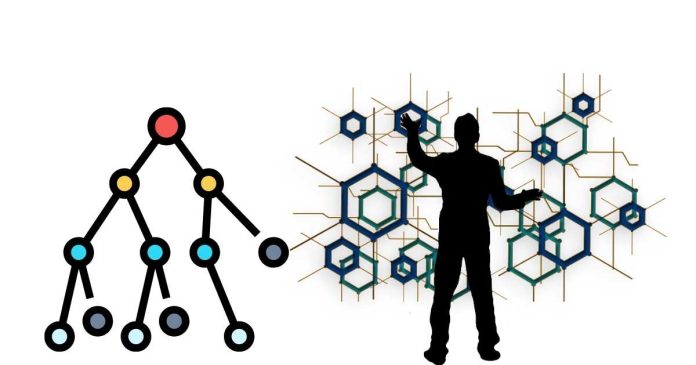Binary Number System: Definition, Conversion, and Examples
The binary number system is a base-2 numeral system that uses only two digits: 0 and 1. It is the foundation of all digital systems and computing because digital circuits and processors can easily represent two states: “on” (1) and “off” (0). In binary, every digit (bit) represents an increasing power of 2, from right to left.
Key Points:
- Base-2 system: Only two digits are used—0 and 1.
- Digits: Each digit in a binary number is called a bit.
- Place value: The value of each bit is a power of 2, based on its position in the binary number (starting from the right as 2^0).
Conversion
- Binary to Decimal: To convert a binary number to decimal, multiply each bit by the corresponding power of 2 (based on its position) and then sum the results.
Steps:
- Write the binary number.
- For each bit, assign a power of 2 starting from 2^0 on the rightmost bit.
- Multiply each bit by the corresponding power of 2.
- Add up all the results.
Example: Convert 1011 (binary) to decimal.
1×23+0×22+1×21+1×201 = 1×8+0×4+1×2+1×11 2 + 1 = 8+0+2+1=118 + 0 + 2 + 1 = 11 (decimal)
So, 1011 (binary) = 11 (decimal).
- Decimal to Binary: To convert a decimal number to binary, divide the number by 2, noting the quotient and remainder at each step, until the quotient is 0. The binary number is the remainders read in reverse order.
Steps:
- Divide the decimal number by 2.
- Write down the remainder.
- Repeat with the quotient until it reaches 0.
- The binary number is the remainders read from bottom to top.
Example: Convert 13 (decimal) to binary.
Divide by 2:
- 13 ÷ 2 = quotient 6, remainder 1
- 6 ÷ 2 = quotient 3, remainder 0
- 3 ÷ 2 = quotient 1, remainder 1
- 1 ÷ 2 = quotient 0, remainder 1
Read the remainders from bottom to top: 1101 (binary).
So, 13 (decimal) = 1101 (binary).
Additional Examples
- Binary to Decimal: Convert 110101 to decimal.
1×25+1×24+0×23+1×22+0×21+1×201 = 32+16+0+4+0+132 + 16 + 0 + 4 + 0 + 1 = 53 (decimal)
So, 110101 (binary) = 53 (decimal).
- Decimal to Binary: Convert 27 (decimal) to binary.
Divide by 2:
- 27 ÷ 2 = quotient 13, remainder 1
- 13 ÷ 2 = quotient 6, remainder 1
- 6 ÷ 2 = quotient 3, remainder 0
- 3 ÷ 2 = quotient 1, remainder 1
- 1 ÷ 2 = quotient 0, remainder 1
Read the remainders from bottom to top: 11011 (binary).
So, 27 (decimal) = 11011 (binary).
Summary
- Binary system uses 0 and 1 to represent numbers.
- Conversion from binary to decimal involves multiplying each bit by the corresponding power of 2.
- Conversion from decimal to binary involves dividing the decimal number by 2 and noting the remainders.
This system is widely used in digital electronics, computing, and data representation due to its simplicity in handling two-state devices (on/off).


